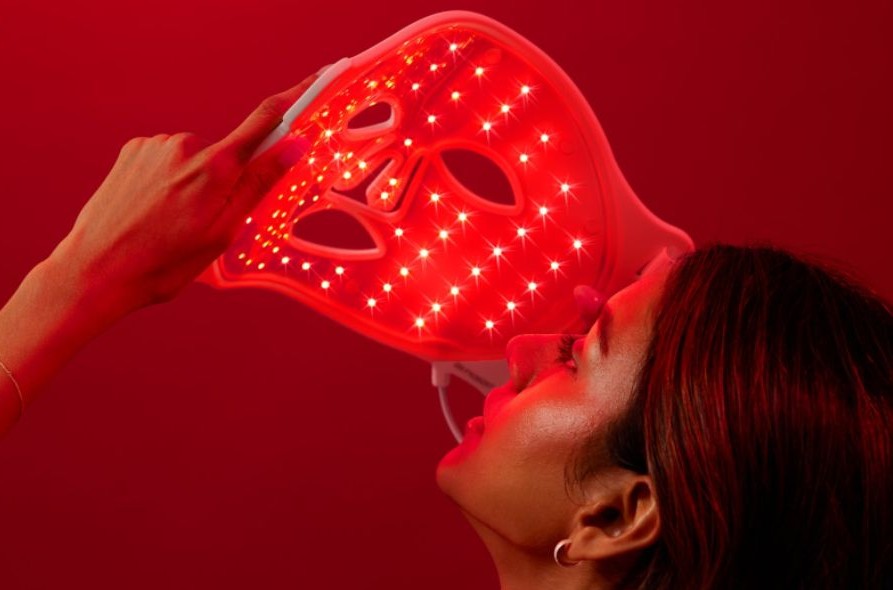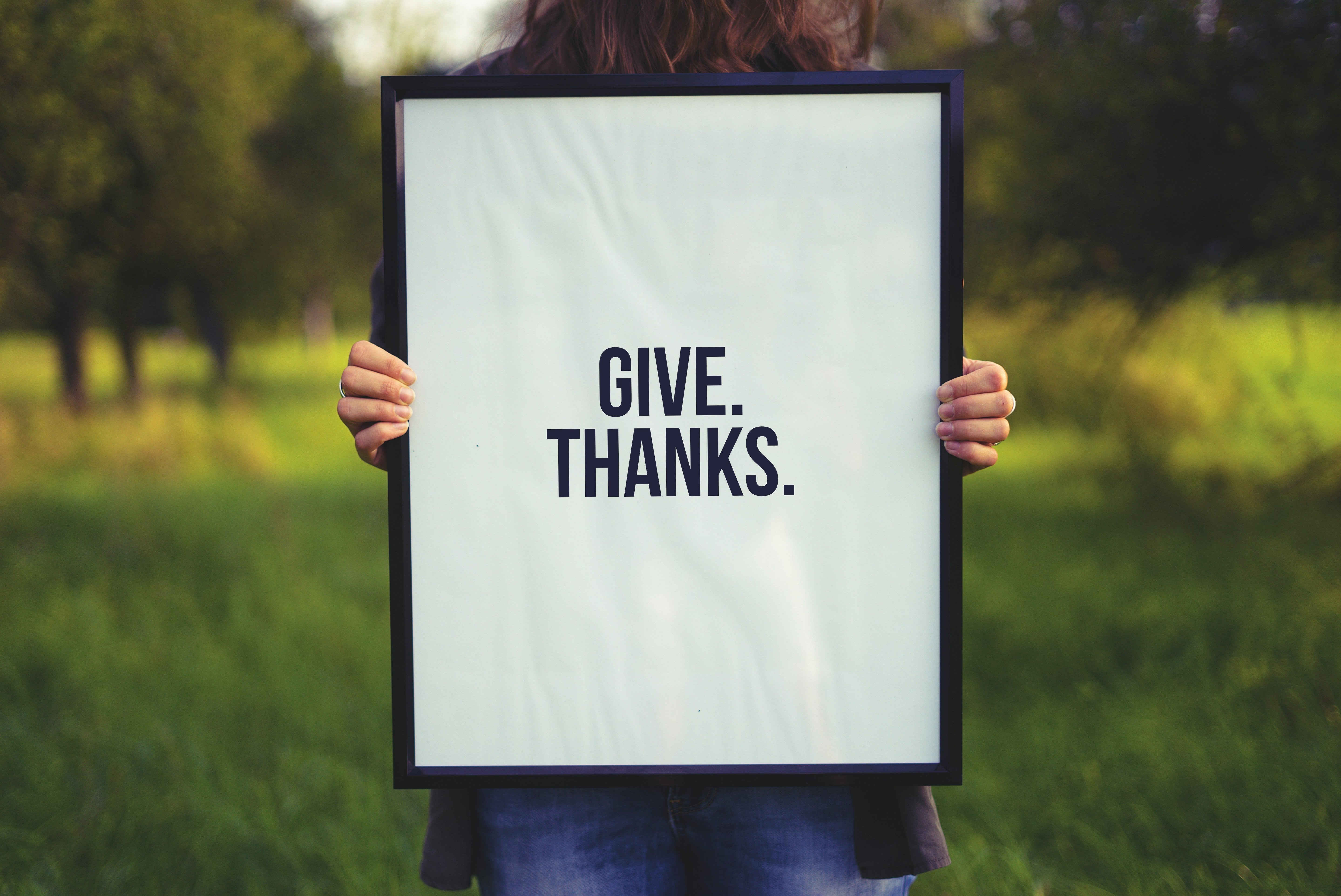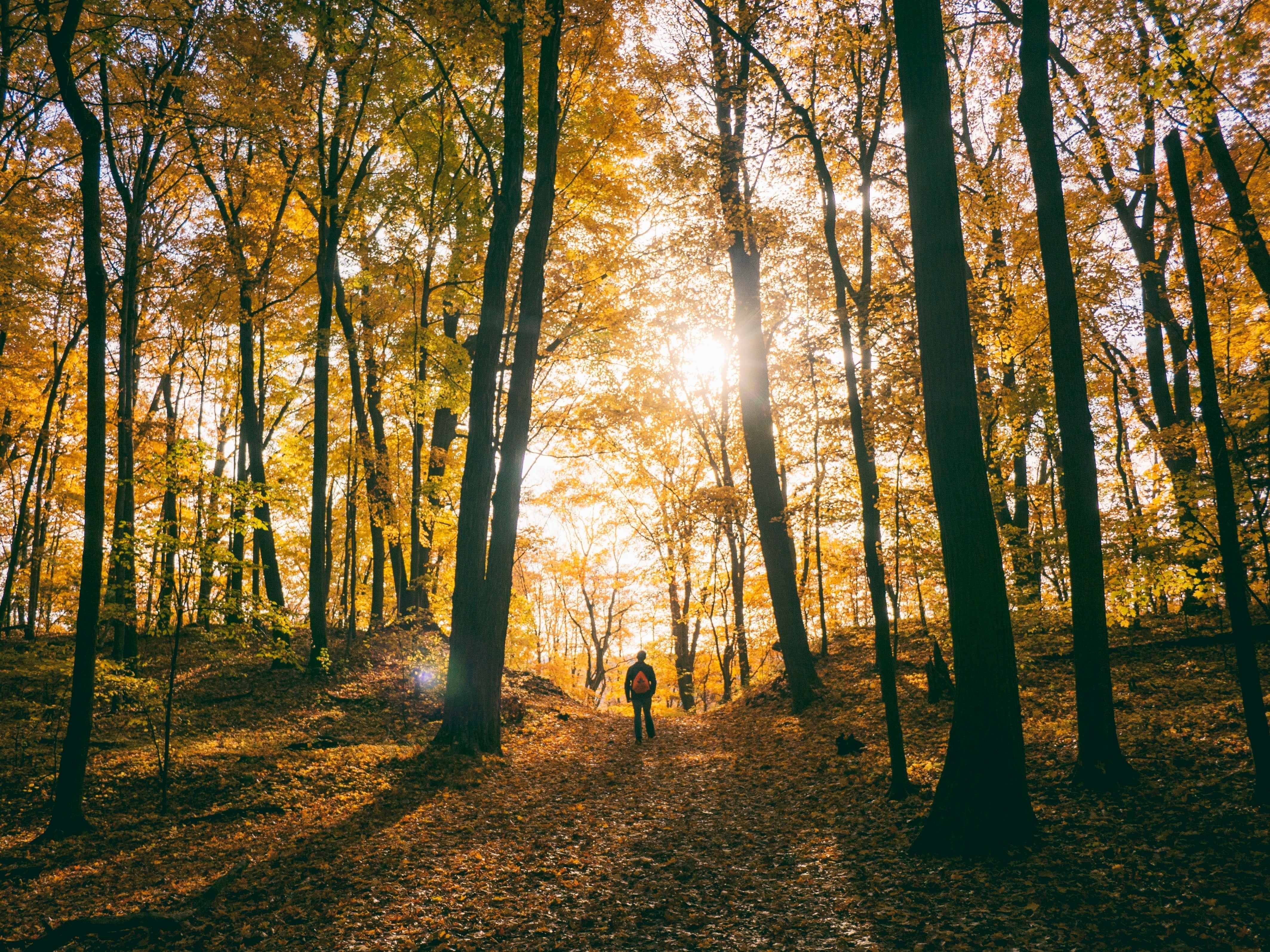Healthy or Hype: At-Home Red Light Therapy

You’ve probably seen them glowing in your feed: sleek LED masks. Red, amber, near-infrared lights pulsing across skin, promising youthful glow, clearer skin, and fewer lines. Red light therapy (RLT) has become one of the biggest trends in skincare and wellness in the past few years. But does it live up to the hype — especially in the face-mask form people are using at home? Let’s dive into the evidence.
What Is Red Light Therapy, and Why Are Mask-Style Devices Everywhere Now
Red light / near-infrared (NIR) therapy (often called photobiomodulation or low-level light therapy) uses specific wavelengths of light (often around ~620-700 nm for visible red, and ~800-900 nm for near infrared) to penetrate into the skin and affect cellular behavior.
Mask devices are wearable, at-home versions of what professionals do in clinics or spas. They allow people to try RLT more frequently and from the convenience of their own home. Because they’re less intense and use lower power than clinical treatments, regular usage tends to be required for visible effects.
The trend is being driven heavily by social media: Instagram, TikTok, influencers, celebrity beauty routines. Many RLT masks have become viral, so people are curious and jumping on the bandwagon.
What the Science Supports: Real Benefits
Here are areas where evidence shows real promise, especially with consistent use:
- Anti-aging/wrinkle reduction: Red & near-infrared light increase fibroblast activity → more collagen & elastin, which helps reduce appearance of fine lines & improve skin elasticity. Some at-home LED mask studies show visible improvement after 4-6 weeks of regular use.
- Improved skin texture, tone and radiance: Many influencers report smoother texture, more even skin tone. Scientific work supports that red light improves circulation and cellular repair, which may help fade discoloration, diminish pores, and brighten skin.
- Acne reduction/reduced inflammation: Red & blue LED lights help reduce inflammation; blue light can kill acne-causing bacteria, while red light calms inflammation. One recent study found ~45% reduction in acne lesions among users of home red or red+blue LED devices over several weeks.
What Is Less Clear / Hype Overshadowing Reality
Unfortunately, t’s not all wins. There are limitations and claims that are more aspirational than proven.
Results take time & regular use — If you try a mask once or twice per week (or skip weeks), you may see nothing. Many studies use 3-5 sessions per week, over 4-12 weeks. Consistency is key.
Intensity and wavelength matter (and many masks vary widely) — Some masks are under-powered; if the LEDs are too dim or too far from skin, or the wavelength is off, effects will be minimal. Also, near-infrared penetrates deeper, but presents its own considerations.
Potential risks, especially for certain skin types or conditions:
- Heat generated by the mask (or combined red & infrared) can trigger or worsen pigmentation issues (like melasma).
- People sensitive to light or taking photosensitizing meds should be cautious.
- Overuse may cause irritation, dryness, or other unwanted reactions. More is not always better.
- Not a replacement for sun protection or strong clinical treatments — It helps, but using sunscreen, good skincare, avoiding UV damage etc. remain foundational. The strongest anti-aging / acne interventions in dermatology are often multi-modal (topicals, chemical peels, medical interventions etc.).
Best Practices: How to Effectively and Wisely Use RLT Face Masks
If you’re going to try one, here are some guidelines to safely max benefits:
- Check for safety and review specs — Look for FDA-clearance, good user reviews, and credible certifications. Know the wavelength(s) (red, NIR, etc.), power (irradiance), and number of LEDs.
- Use a consistent schedule — According to studies: about 3-5 times per week for several weeks (often 4-8+ weeks) are required to see visible improvements.
- Skin prep & post-care — Clean dry skin helps absorption. Moisturize after using the mask to support barrier repair. Use sunscreen daily!
- Duration & distance — Don’t overdo the time. Many masks recommend ~10 minutes per session. If more powerful, shorter time may suffice. Keep mask close to skin. If using heat or NIR, be especially cautious of discomfort.
- Watch for skin reaction — If you notice irritation, pigmentation changes, or other negative effects, stop use and consult a dermatologist.
Red light therapy, particularly via well-designed LED masks, appears to deliver real benefits for anti‐aging, skin texture, acne management, and skin repair — if used properly, regularly, and with appropriate device quality. The hype tends to gloss over variability in device power, skin type differences, and what happens in real-world usage (i.e. not as elegantly as marketing shows).

Think of RLT masks as tools in your skincare arsenal, not instant game-changers. If you combine them with good skincare habits (sun protection, gentle cleansing, hydration (may we suggest an organic, cold-pressed fruit and vegetable Living Juice?), avoiding over-stripping) you’ll get more reliable results!




